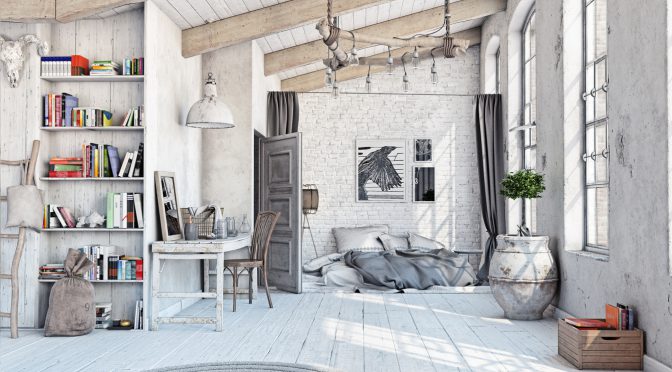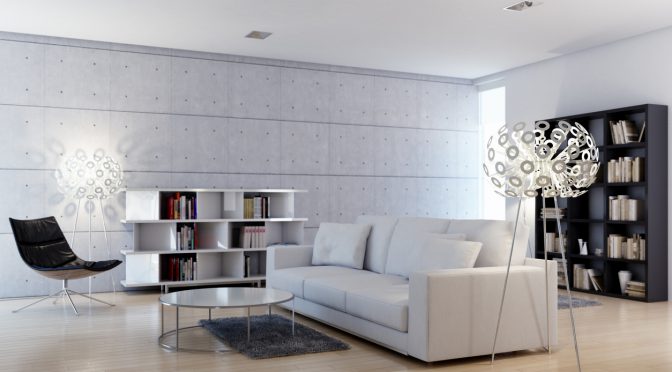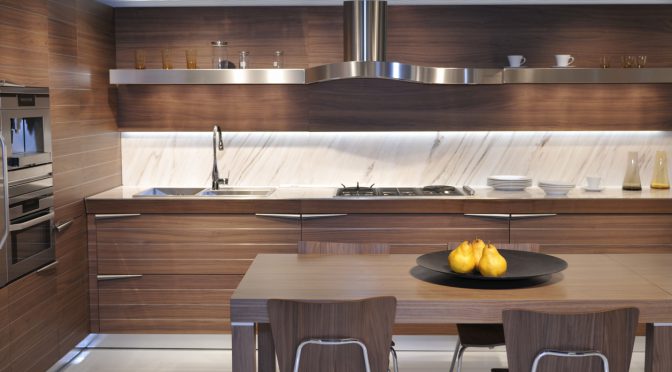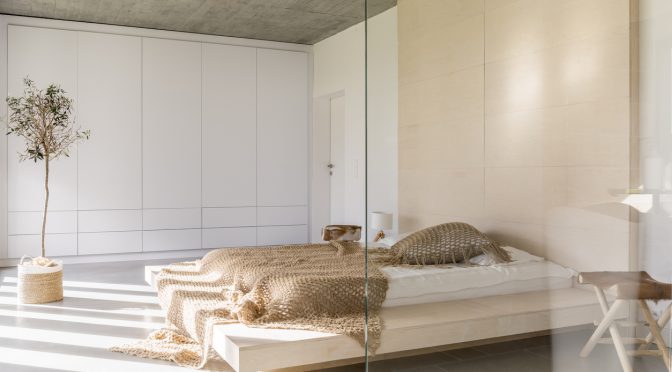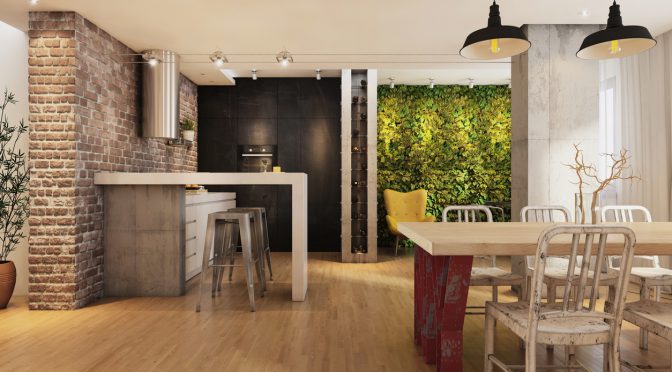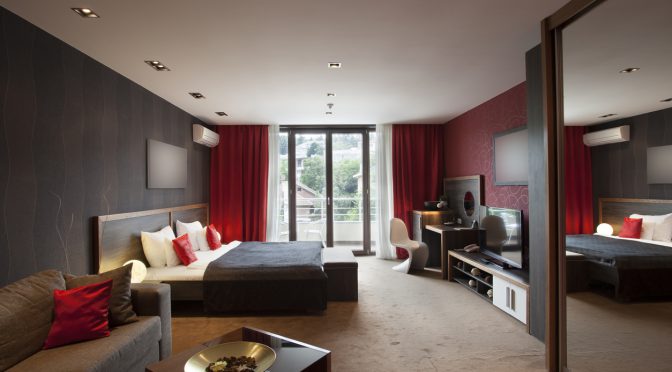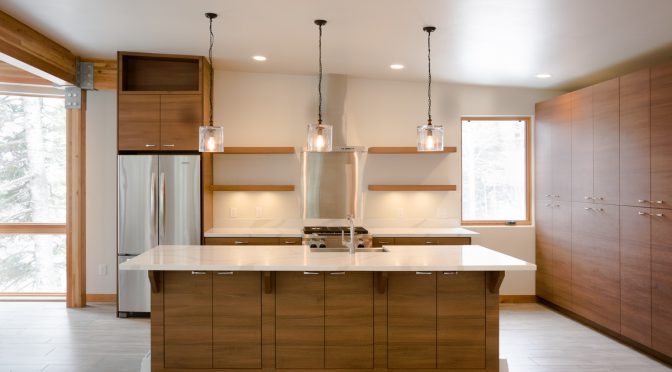Perfection does not exist in a shabby chic decor and that’s exactly what makes it so charming. Distressed but vibrant furniture overshadows new furniture. It fits easily into this decor that is soft, joyful, organic, and let’s admit it, a little bohemian. Shabby chic is silky-soft. At the heart of this style is distressed furniture. As if the wood was worn out by sea salt, or simply over time. The furniture looks like the kind you would find at a flea market or antique store. You can see the wood through the cracked paint. In some instances, several coats of paint let different layers of colours peek through.
Shabby chic becomes a full-blown style when the walls, ceilings and floors also have a worn-out look, if not to say neglected. The whole room seems weathered. Almost everything looks distressed but without the dusty and old appearance of antiques or the tacky and playful side of pure vintage.
[caption id="attachment_16768" align="aligncenter" width="600"]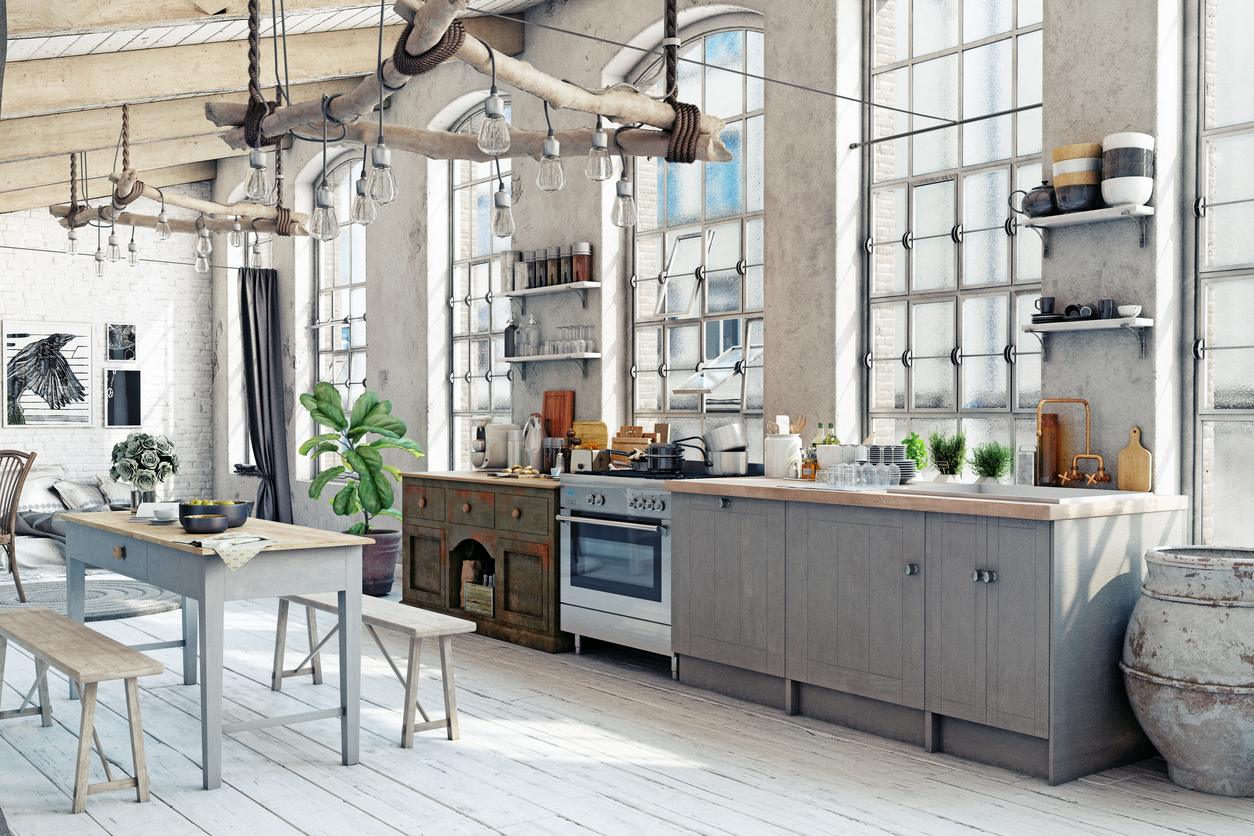 iStock[/caption]
iStock[/caption]
Shabby chic can be mellow and not so mellow. The first variant gets all of its potential from a stark and sober decor, almost bare, where the furniture takes centre stage to express the style. The second alternative welcomes various decorative accessories: candlesticks, crumpled fabrics, dried flowers, patchwork, glazed silver. In this instance, shabby chic meets vintage.[……]
